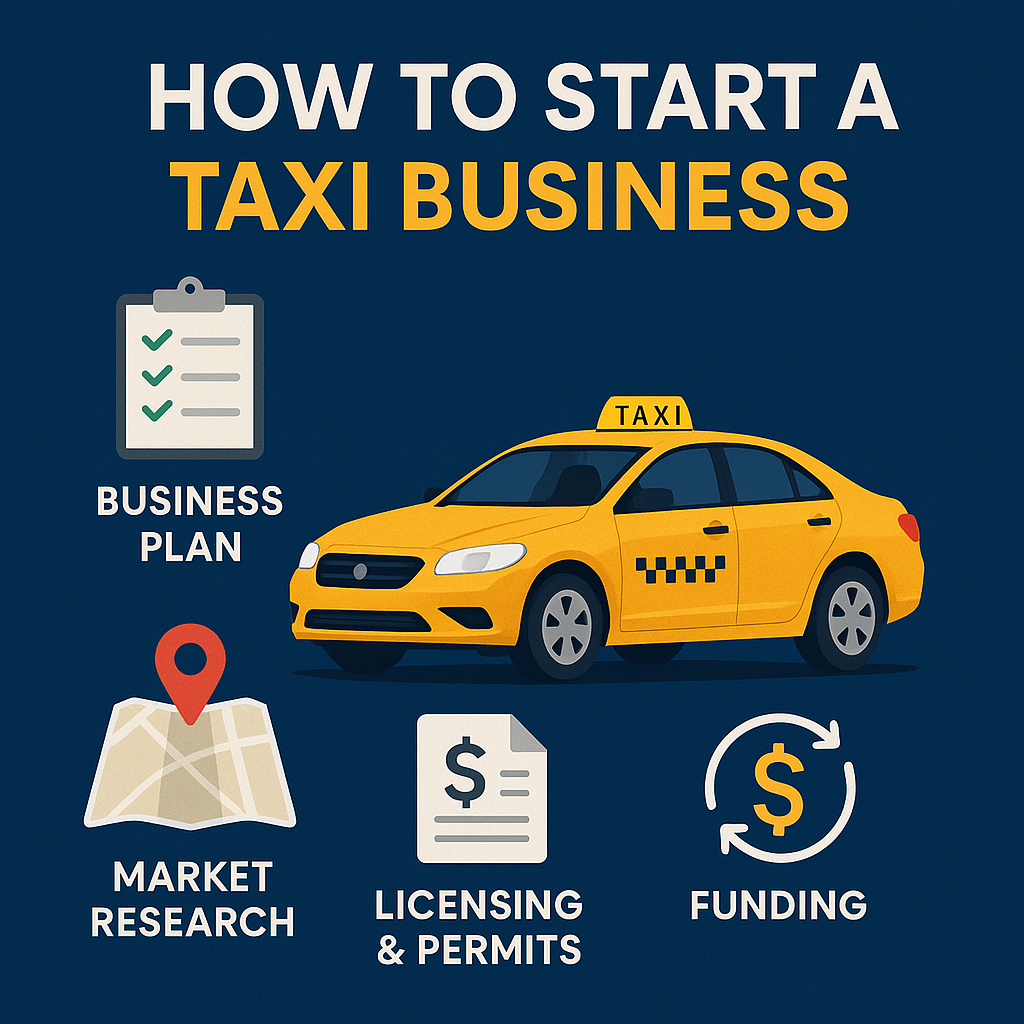How to Start a Taxi Business: A Comprehensive Guide 🚕
The transportation industry, while competitive, offers significant opportunities for business owners willing to navigate its complexities. Starting a business in the taxi sector requires meticulous planning, substantial initial investment, and a keen understanding of both regulatory requirements and technological advancements. This comprehensive guide will walk you through the essential steps, from legal preparations and financial planning to operational strategies and the integration of crucial software solutions like TransferVista, ensuring you’re well-equipped to launching a taxi service and build a successful taxi operation.
Essential Requirements for Launching a Taxi Business
Starting a cab business isn’t just about buying a car and finding taxi drivers; it’s a multi-faceted endeavor that demands attention to detail across several critical areas. To run a taxi business effectively, you need a solid business foundation.
1. Legal and Regulatory Preparation
The foundation of any legitimate taxi business lies in adherence to local, state, and federal regulations. This is arguably the most crucial initial step, as non-compliance can lead to severe penalties and even business closure.
- Obtain necessary business licenses: Every business, regardless of its industry, needs a general business license from the city or county where it operates. Beyond that, specific transportation licenses are often required for taxi companies.
- Secure commercial auto insurance: Personal auto insurance will not suffice. You need comprehensive commercial auto insurance for your taxi fleet that covers liability for passengers, drivers, and property damage. Given the nature of the business, these policies tend to be significantly more expensive but are absolutely non-negotiable. This is a critical investment to protect your business.
- Register your business entity: Decide on your business structure (e.g., sole proprietorship, LLC, S-corp, C-corp). An LLC (Limited Liability Company) is often recommended for running a taxi business as it separates your personal assets from the business’s liabilities.
- Acquire proper transportation permits: These permits are specific to operating a vehicle for hire and vary widely by jurisdiction. They often involve background checks for owners and drivers, vehicle inspections, and operational standards for your taxi firm.
- Complete local taxi operator certifications: Some cities require specific certification for taxi operators, which might include training on local regulations, customer service, or even defensive driving.
Thorough research into your specific locale’s transportation authority websites and direct consultation with legal professionals specializing in business and transportation law are highly recommended to ensure full compliance. This will set you on the right way for a taxi cab company to continue.
2. Financial Planning
Starting a taxi company is capital-intensive. A robust financial plan is essential to secure funding and manage your operations. Understanding how much money your business will need is paramount.
- Initial Investment Estimate: Be prepared for a substantial upfront investment, typically ranging from 50,000to50,000to250,000. This wide range reflects factors like the size of your initial fleet, the condition of vehicles (new vs. used), and the cost of permits and insurance for a taxi in your area. This is the money your business will need.
- Develop a detailed business plan: This document will be your roadmap. It should outline your business goals, strategies, market analysis, competitive advantages, operational plan, and, critically, detailed financial projections. Creating a business plan is an indispensable tool for securing funding and guiding your decisions. Your business plan should include clear financial projections. This is the fundamental step in how to set up a taxi service.
- Secure startup capital through various avenues:
- Personal savings: If you have sufficient funds, this is the simplest route, avoiding debt or equity dilution.
- Small business loans: Look into SBA (Small Business Administration) loans or traditional bank loans. A strong business plan and good credit history will be vital here.
- Potential investors: If your business model demonstrates high growth potential, you might attract private investors or venture capitalists. This is how your business will need to raise capital.
- Create a comprehensive budget: This budget needs to account for all anticipated expenditures:
- Vehicle purchases: The largest single expense. Factor in depreciation and potential future fleet expansion. This is where you actively invest in your own taxi.
- Insurance: Ongoing and significant.
- Marketing: Crucial for customer acquisition.
- Operational expenses: Fuel, maintenance, driver wages (if applicable), dispatch office costs, and software subscriptions.
3. Vehicle Acquisition
Your vehicles are the core of your service delivery. Their quality and suitability directly impact customer satisfaction and operational efficiency, determining the type of taxi business you will operate. This is key for your car taxi business.
- Purchase reliable, fuel-efficient vehicles: Minimizing fuel costs and maintenance issues is paramount. Look for models known for their durability and low operating costs. This helps the success of your taxi.
- Consider fleet diversity: While sedans are standard, consider adding SUVs for larger groups or luxury services, and crucially, wheelchair-accessible vehicles (WAVs) to cater to a broader market and fulfill potential regulatory requirements. This can help grow your business.
- Ensure vehicles meet local transportation regulations: This includes specific safety features, vehicle age limits, and regular inspection requirements for every taxi cab.
- Implement regular maintenance schedules: Proactive maintenance prevents costly breakdowns, ensures safety, and prolongs the lifespan of your fleet. This necessitates a relationship with a reliable mechanic or setting up an in-house maintenance division as your fleet grows.
Operational Technology Solutions
In today’s fast-paced world, technology is not just an advantage; it’s a necessity for efficient and competitive taxi operations. Manual dispatching and billing are largely obsolete. The demand for taxi services often hinges on technological convenience.
TransferVista Software Benefits 💻
Software like TransferVista (and similar modern taxi dispatch systems) can revolutionize how you operate a taxi business, streamlining operations and enhancing customer experience. This is how you boost with a taxi app.
- Simplified Dispatch Management: Automates the allocation of rides to available drivers, significantly reducing response times and improving efficiency.
- Real-time GPS tracking: Allows you to monitor the location of all your vehicles and drivers at any given moment. This is invaluable for security, optimizing dispatch, and providing accurate ETAs to customers.
- Automated billing and invoicing: Eliminates manual record-keeping, reducing errors and saving significant administrative time. Integrates with various payment systems.
- Customer ride booking interface: Offers customers a convenient way to book rides through a mobile app or web portal, enhancing user experience and reducing reliance on phone calls. This is the power of a taxi app also.
- Driver performance monitoring: Provides data on driver efficiency, routes taken, idle time, and customer ratings, allowing for performance management and training.
- Route optimization algorithms: Suggests the most efficient routes, saving fuel and time, ultimately increasing profitability.
A specialized taxi app is central to modern operations. The taxi app or dispatch system is crucial for the success of your taxi business.
Key Business Operational Steps
Once the groundwork is laid, focus shifts to day-to-day operations and growth strategies. This will determine the overall success of your taxi service.
Technology Integration
Beyond just the core dispatch software, integrating other technological solutions will create a seamless and professional service.
- Install GPS tracking systems: (Already covered by TransferVista’s nature but worth reiterating for broader understanding). Essential for dispatch and safety.
- Implement digital payment platforms: Offer various payment options, including credit cards, mobile payments (Apple Pay, Google Pay), and in-app payments. This is a must for customer convenience.
- Develop mobile app for ride booking: A user-friendly taxi booking app is crucial for modern taxi services, allowing customers to book, track their ride, and pay with ease. Having a well-designed taxi app helps position your taxi service for success. The online booking system is vital.
- Set up customer support infrastructure: Whether it’s a dedicated phone line, email support, or in-app chat, efficient customer service is vital for resolving issues and maintaining a positive reputation.
Marketing Strategies
Even the best service needs effective marketing to attract and retain customers. You need to strategically position your taxi company.
- Create a strong online presence: A professional website with easy online booking options, clear pricing, and company information.
- Develop partnerships with local businesses: Collaborate with hotels, restaurants, hospitals, and event venues to become their preferred transportation provider for business travelers. This is common for a taxi firm.
- Implement referral programs: Incentivize existing customers to refer new ones.
- Utilize social media advertising: Target potential customers based on demographics and location. Platforms like Facebook, Instagram, and even local community groups can be effective.
- Traditional advertising: Consider local newspaper ads, flyers in community centers, or even branding your taxi fleet. You need to get your business noticed.
Financial Considerations
A clearer look at ongoing expenses is crucial for long-term viability.
| Expense Category | Estimated Cost Range |
|---|---|
| Vehicle Purchase | 25,000−25,000−50,000 per vehicle |
| Insurance | 3,000−3,000−5,000 annually |
| Marketing | 2,000−2,000−5,000 monthly |
| Software Solutions | 200−200−500 monthly |
| Fuel | Highly variable, significant |
| Maintenance | Variable, plan for regular costs |
| Driver Wages | Variable, depends on model |
(Note: These are estimates and can vary significantly based on location, scale, and specific choices.)
Pro Tips 🌟
- Start small and scale gradually: Don’t overextend yourself initially. Begin with a manageable fleet and expand as demand and profitability grow. This is how you start your own taxi.
- Prioritize customer service: Exceptional service is your biggest differentiator. Punctuality, cleanliness, friendly drivers, and quick problem resolution will build customer loyalty for your customer-focused taxi company.
- Maintain a modern, clean fleet: Your vehicles are your storefront. Regular cleaning and modern, well-maintained vehicles reflect positively on your business. Consider eco-friendly taxi services as a unique selling proposition.
- Stay compliant with local regulations: Regulations can change. Stay informed and adapt proactively to avoid issues. Your taxi business will be critical in this.
- Continuously train drivers: Invest in ongoing training for your drivers on customer service, safety, local routes, and technology usage. You may even want to hire other taxi drivers as you expand. Prospective taxi drivers must meet your standards.
- Critical Success Factor: Combine technological efficiency with exceptional customer service. The best technology will only take you so far; human interaction remains a vital component of a successful taxi company. This provides a boost with a taxi app. A well-designed taxi app is a must.
- Think about the location to start a taxi business, and research taxi services in your desired area and taxi services in the target market you want to serve. Consider where taxi ranks are popular.
- You are trying to achieve the success of your taxi business. Your taxi business could thrive with the right approach.
Recommended Next Steps
To move forward with your taxi business venture, follow these structured steps. This is what you need to start your business and achieve a successful start in the taxi industry.
- Research local transportation regulations: This is your absolute first step to understand the specific legal landscape you’ll be operating within.
- Develop a detailed business plan: This will solidify your vision, strategies, and financial projections. This should be a solid business plan. Creating a taxi business starts here.
- Secure initial funding: Approach banks, investors, or leverage personal savings based on your business plan. This is how to get your business off the ground.
- Purchase initial fleet: Acquire vehicles that meet your needs and regulatory standards.
- Implement operational software: Integrate a system like TransferVista to optimize dispatch, tracking, and billing. This involves considering the taxi booking app development cost.
- Launch marketing campaign: Start attracting your first customers through targeted efforts. With several taxi companies already in the market, your business strategy and make your service stand out.
- A private hire taxi business has unique considerations, so ensure compliance if that’s your model.
- The taxi cab company to continue growing will need constant adaptation.
- Consider owning a taxi yourself, or having a fleet.
- The taxi app might require some developing a taxi app specialists to meet your specific needs.
- You will need to set up a taxi business properly.
- Your taxi company will stand out if you do these steps correctly.
By following these structured steps and leveraging technology like TransferVista, entrepreneurs can build a successful and efficient transportation service. If you want to start your own taxi business or start a taxi company, these are the fundamentals. Your private taxi company can become a leader.


